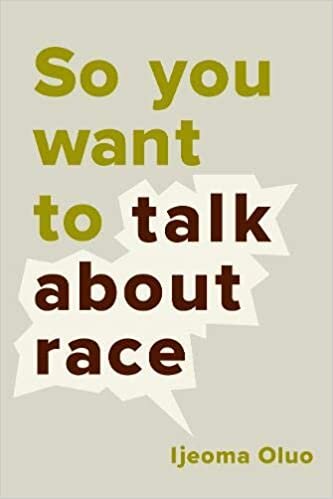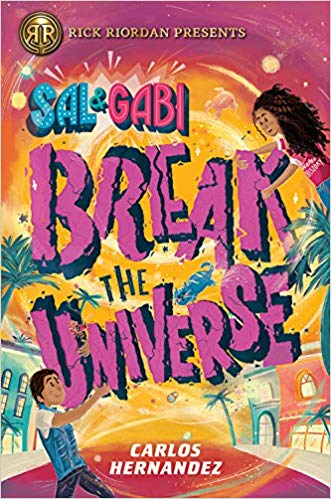Teaching the History of Voting Rights in the USA
Before the election, we wanted to focus on something other than the actual candidates as many students (and teachers, including me) were feeling so stressed about the outcome. So we learned about the history of voting rights in the United States of America. We started, as we so often do, by reading a picture book to the students. We read Granddaddy’s Turn, A Journey to the Ballot Box and talked about what we knew and what we could infer about Grandaddy and the narrator.
In this excellent book by Michael S. Bandy and Eric Stein, a young boy goes with his grandfather to vote shortly after the Voting Rights Act was passed in 1965. It appears that they are in the rural South. The narrator’s grandfather is dressed up and has waited a long time to be able to vote. However, they are turned away and disrespected. Granddaddy is told he needs to read a complex text, and when he cannot, his ballot is taken away and ripped up. His grandson (the narrator) is shocked and devastated to witness this and see tears in his grandfather’s eyes. Later, when the narrator is older, he votes for the first time, and takes a picture of his grandfather with him.
Our students were so upset about what happened to Grandaddy and felt both happy and sad when the narrator was able to vote and did so with a picture of his granddaddy with him. They also had questions about if it was still like this for some Black people when they vote. To answer this question and provide some historical background, we used this history of voting rights titled Who Got the Right to Vote When? from Aljazeera. It has images and a useful list on the left side titled “Able to Vote” (in 1776, only “white property owners” are listed in green).
Our students are in 3rd grade, so we could not use every listing on the timeline as it would be too lengthy and overwhelming, but instead focused on some important dates and images. As 3rd graders are very concrete and don’t always understand relative units of time (10 years ago and 50 years ago don’t always feel that different to them without any context), we tried to give context by saying this might have been in your parents/grandparents lifetimes. I used my parents, who immigrated from India in1975 and are now US citizens, as examples as well, especially as we talked about how who could become or was considered a citizen tied into voting rights as well.
The literacy test Granddaddy encountered was one example of disenfranchisement tactics, and we also told students about poll taxes, voter ID laws, intimidation, and decreased access to polls (closing polling places or limiting the number of polling places in certain counties). We also talked about voting by mail and early voting as those are two ways many people in our community voted this past year due to the pandemic (DC and Maryland both have early voting and DC sent mail in ballots to all registered voters).
Some questions to talk about with students:
Why do we vote?
Who should have the right to vote?
Who has always had the right to vote? How does that compare to voting rights today?
How do people vote?
How can the US government make voting more accessible for everyone? What could we do to help?
What barriers still exist to voting today?
After the horrendous attack on our democracy last week, as we get ready to celebrate the life and work of Dr. Martin Luther King, Jr., and as we lead up to Inauguration Day on January 20th, critically examining voting rights through America’s history and today feels more relevant than ever. It’s also something tangible that students can relate to as who doesn’t want to have their voice heard? Children also can understand what it is like to feel silenced or without a say.













































































